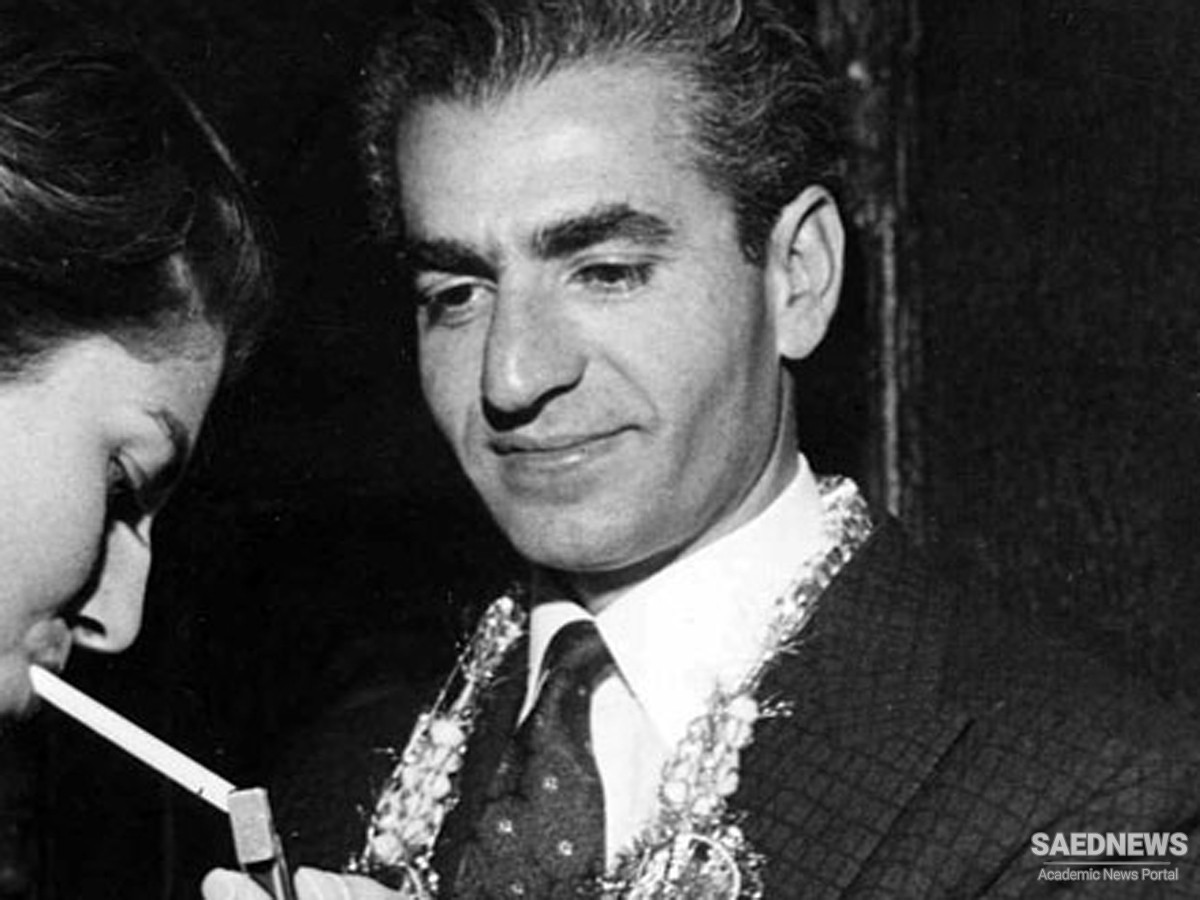The prominent role played by the clergy in the opposition to the Shah in the 1960s and 1970s had been difficult to foresee during the preceding decades. Disappointed and disillusioned by the failure of the Constitutional Revolution from 1906 to 1911, which had sought to replace the absolutist monarchy with a parliamentarian democracy, to introduce a constitution and to reduce foreign influence, the Shi’ite clergy had turned its back on politics and returned to its traditional position of quietism. According to this position, only the Imams have the legitimacy to rule. In the absence of the Twelfth Imam, who according to Shi’ite tradition went into hiding in AD 874, all government is considered illegitimate and the clergy is supposed to abstain from any participation in politics. This position was notably represented by Grand Ayatollah Abdolkarim Haeri-Yazdi (1859 – 1937), who on the invitation of the local clergy in 1922 had moved his seminary to Qom. As the location of the tomb of Imam Reza’s sister Fatemeh, this city in the arid plains south of Tehran had formerly been an important teaching centre but it had declined in importance by the 1920s. It was only on the initiative of Haeri-Yazdi that its seminaries were revived and rebuilt.
In the following decades, the city attracted an increasing number of scholars and students and eventually eclipsed the other centres of Shi’ite learning such as Najaf, Isfahan or Mashhad. When in 1925 the former cavalry officer Reza Khan deposed the last Qajar ruler and proclaimed himself Shah, he initially maintained a position of polite respect towards the clergy. However, his programme of state-controlled modernisation and centralisation soon led to conflict. Inspired by the policies of the Turkish President Kemal Ataturk, he sought to modernise State and society through the adoption of modern science, technology and bureaucracy as well as certain outward forms of Western customs and culture. Central goals of this programme included the reform of the education sector and the justice system, which were traditionally controlled by the clergy.


 AARON the First Priest in the Biblical Tradition
AARON the First Priest in the Biblical Tradition














































